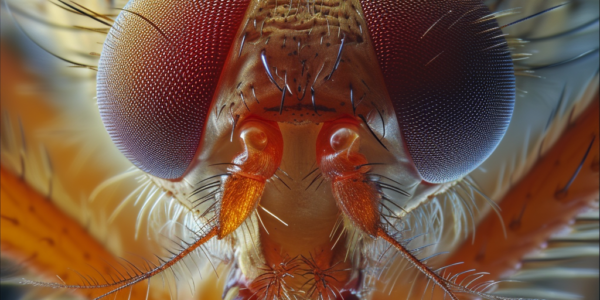Advances in Machine Olfaction: Giving Computers a Sense of Smell
Advances in machine olfaction, also known as ‘digitized smell,’ are revolutionizing the way computers understand and interpret scents. With the help of machine learning, computers can now map the molecular structure of odors to textual descriptors, allowing them to recognize smells just like they recognize faces and voices. The web’s vast amount of audio, image, and video content provides the large datasets needed to train artificial intelligence models for this purpose.
The Evolution of Chemosensory Tissues in Drosophilids
Discover the latest study on the evolution of chemosensory tissues and cells in Drosophila species published in Nature Communications. The research delves into the variability of chemosensory tissues among different species and the underlying genetic and cellular mechanisms, providing new insights into understanding evolutionary changes in chemosensory tissues at both global and individual gene levels.


